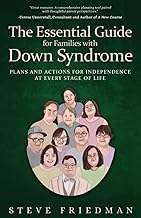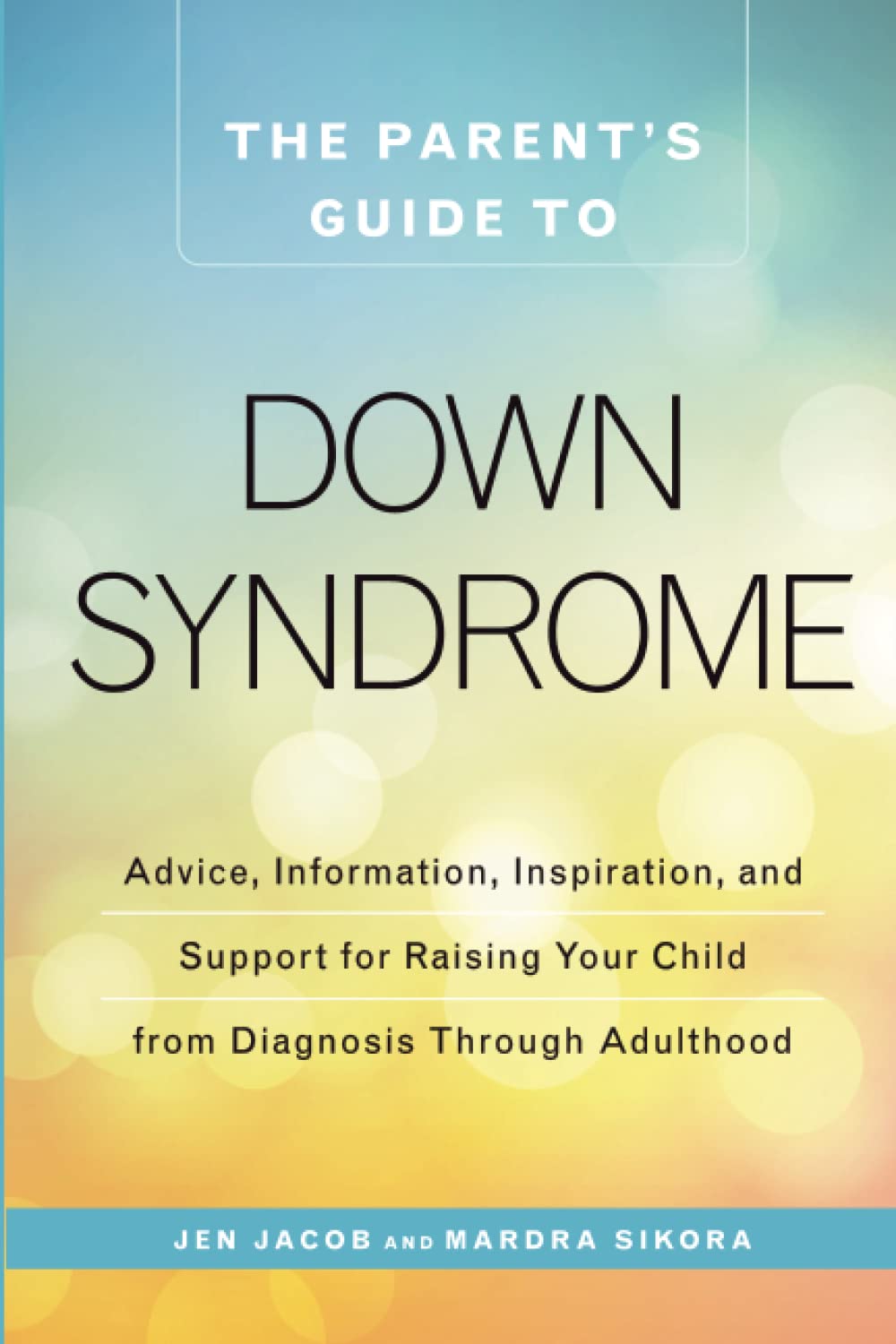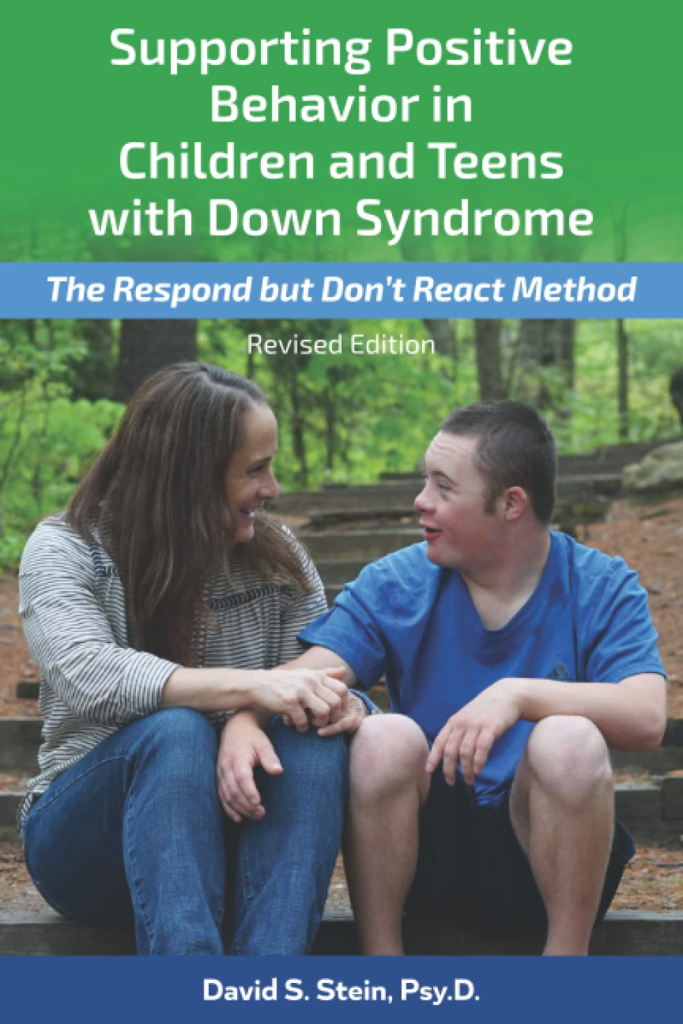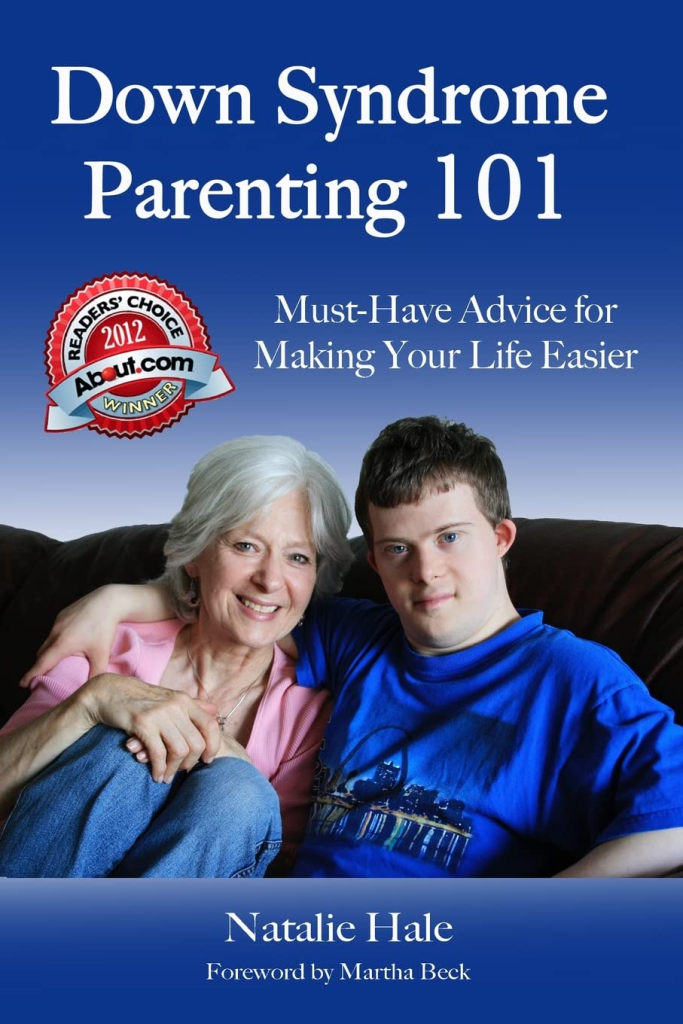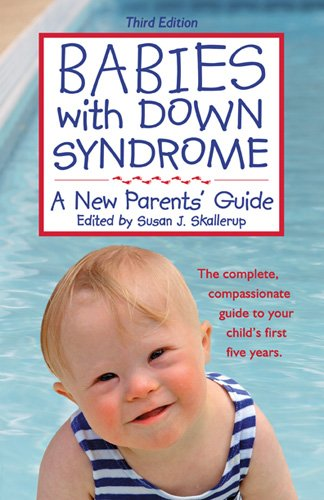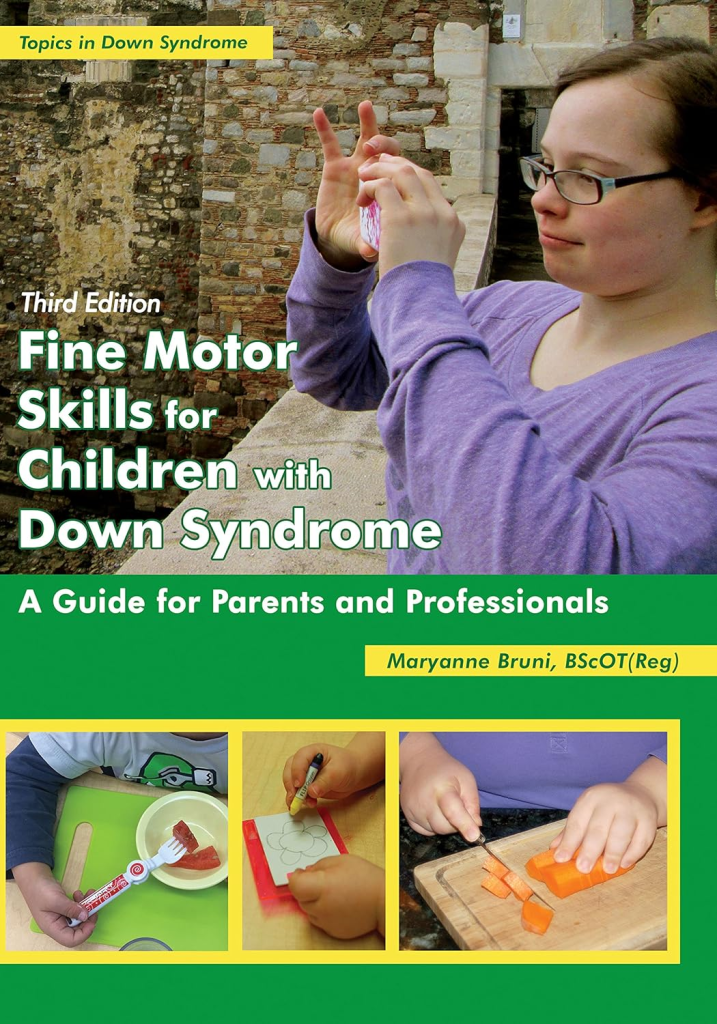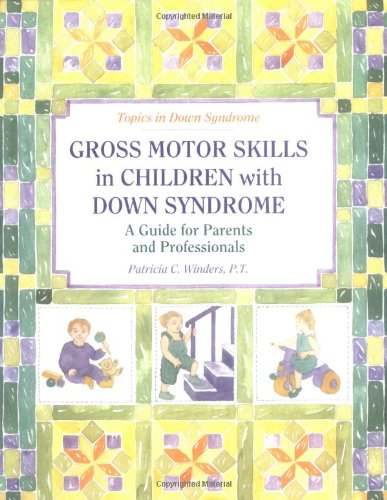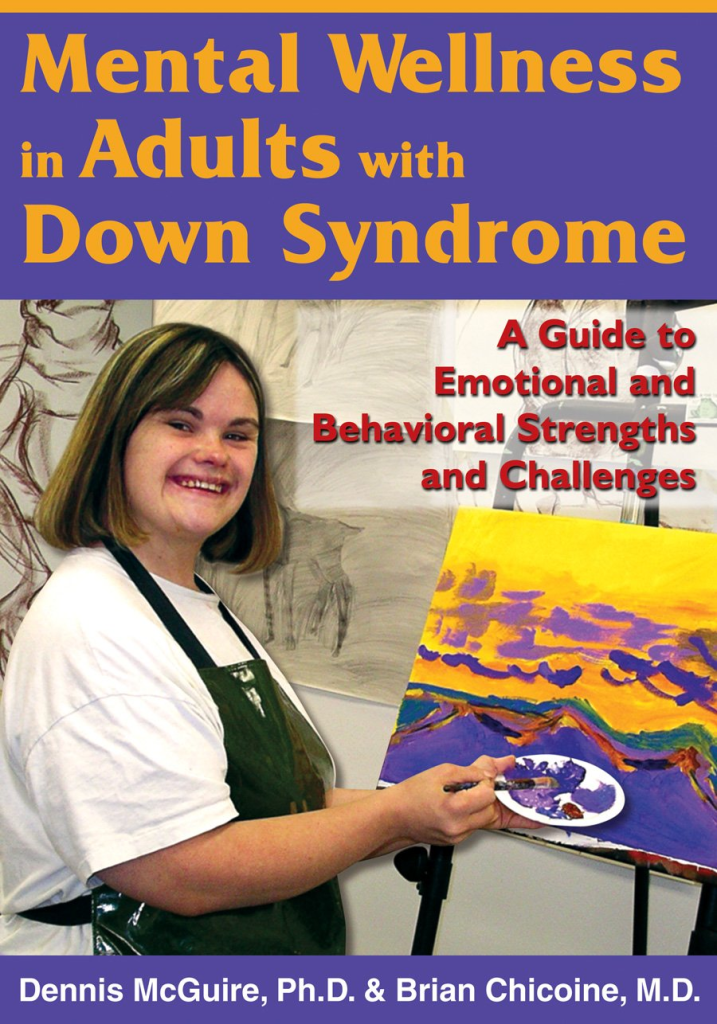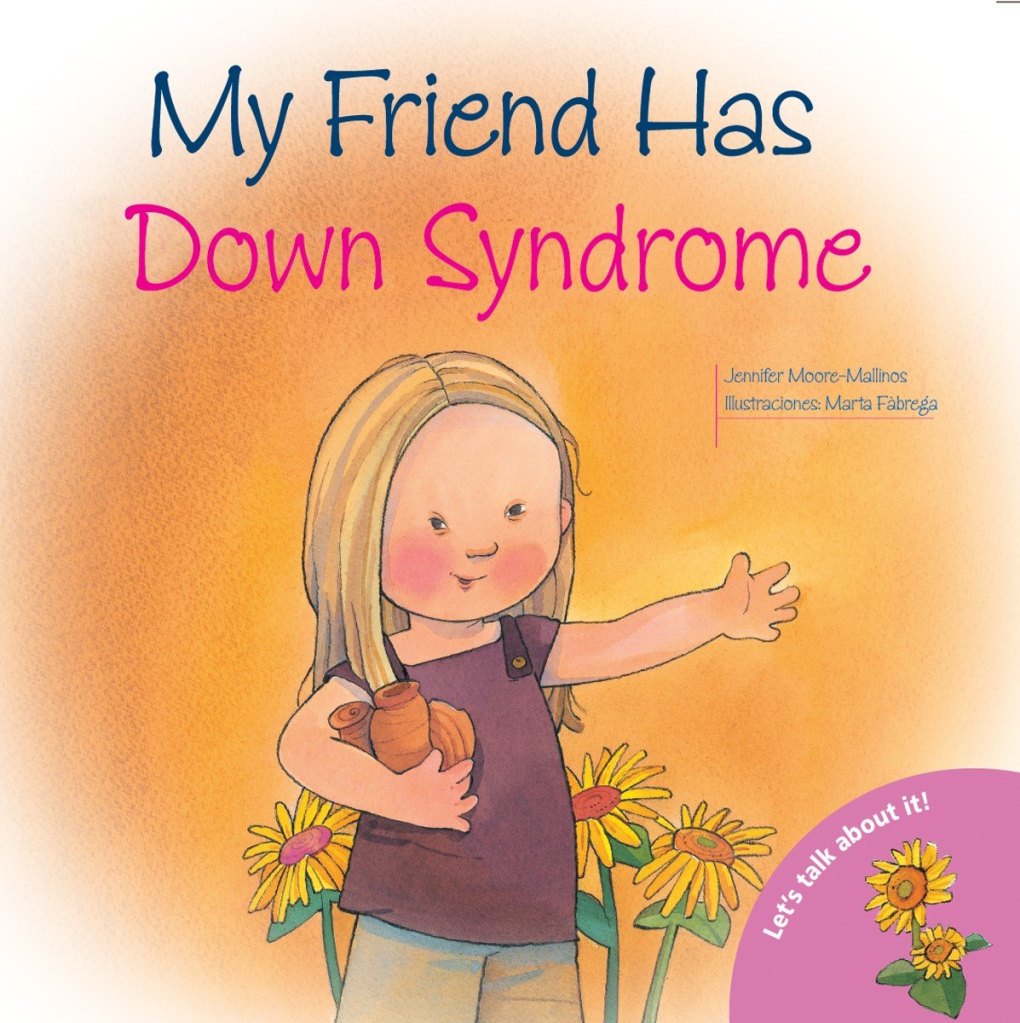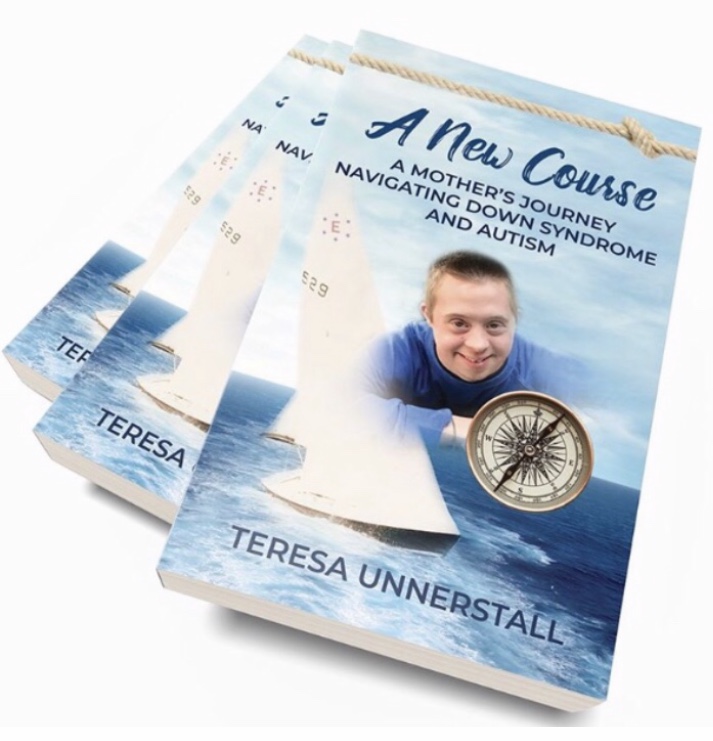Blog #257~DS-ASD=Taking on Transitions
The challenges faced by individuals with co-occurring Down syndrome and autism (DS-ASD) are complex. These can include communication deficits, cognitive delays, sensory processing issues and rigidity. Transitions can be tough, moving from one activitiy to another, changing venues, staff and caregivers can all be stressful. Predictability and consistency are key components which help individuals with DS-ASD cope in a world that moves fast. My son Nick is 29 years old, and has co-occurring DS-ASD. Many of the families that I’ve worked with over the years find transitions to be hard to navigate. There are many evidenced based practices which can help support your child.
Here are 5 Tips for Taking on Transitions:
1. Figure out “the why”. Do a little detective work to determine what might be triggering the resisistance to moving forward. Possible antecedents might be sensory overload (loud noises, crowds, etc), changing from a preferred activity to a non-preferred activitiy, not understanding what comes next and not feeling in control. These are just a few examples of why they might be struggling. Once you determine the function of the behavior, then you can put some supports in place.
2. Use a visual schedule to help provide an effective cue to move to another activity or venue. There are many apps available as well including First-Then, Kids ToDo List, and Visuals2Go.
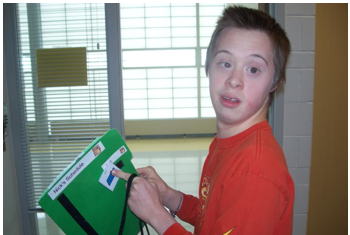
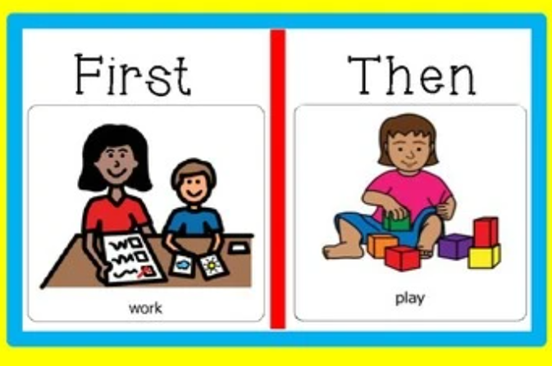
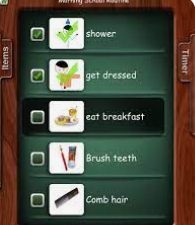
3. Allow for processing time. Give advance notice when an activity is coming to an end, and when it will be time to move to the next. Visual timers are great tools to help with transitions. Here are two of my favorite timer apps which include the Countdown Timer and Timed Timer:

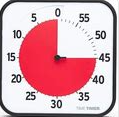
4. Create a social story to help provide a clear and predictable framework for what will happen next, what to expect and how navigate a new experience. Use the social story like a pre-game rehearsal. This allows the individual to understand what to expect, how to behave and give them a “buy in” to the transition.
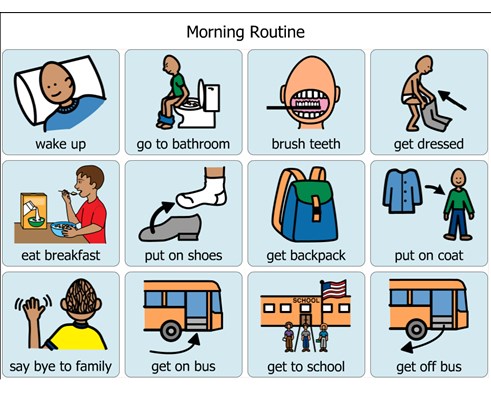
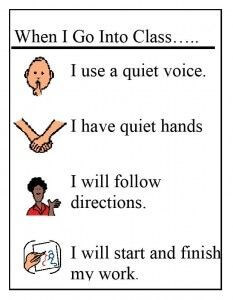
5. Give verbal and non-verbal praises and provide a reward such as a transition object to help motivate the child. “Good job walking and staying close”, thumbs up/smiley face icons, high fives can all reinforce successful transitions made throughout the day. Transition objects guide the child over the bridge that encourages moving from point A to point B. The object should be highly preferred, motivating and limited access so that it keeps their interest.

Providing support for individuals with DS-ASD to assist with transitions can ease stress by helping them understand what will be happening throughout the day. It also allows the child to feel more in control over their life. For more information and tips on navigating co-occurring Down syndrome and autism, scroll the archives of this blog and check out my book A New Course: A Mother’s Journey Navigating Down Syndrome and Autism click to order here: https://amzn.to/2W3Un6X
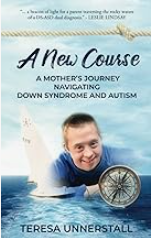
That’s what is in my noggin this week 🙂
~Teresa
Follow us on social media: #Down Syndrome with a Slice of Autism

